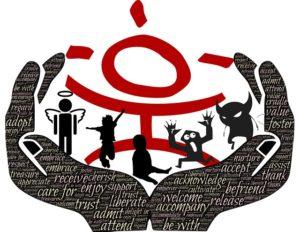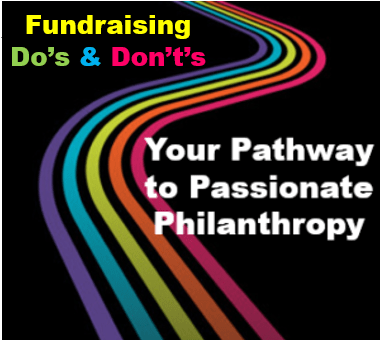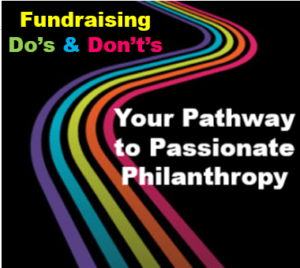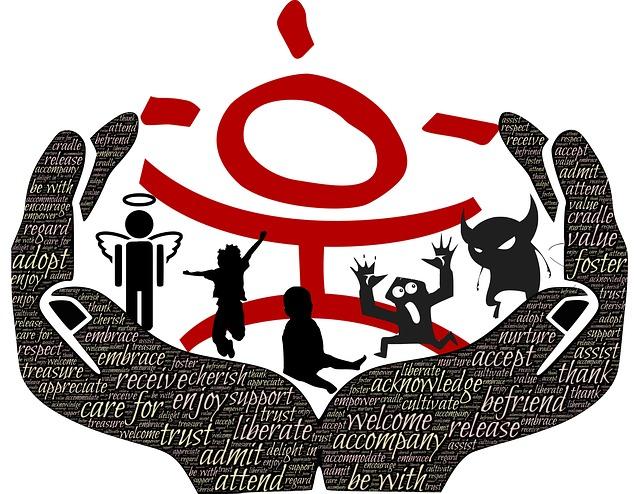 When people give to you for the first time, often they know very little about you. Perhaps they found you through a link on social media. Or organic search. Or through a friend who emailed them a link to your appeal.
When people give to you for the first time, often they know very little about you. Perhaps they found you through a link on social media. Or organic search. Or through a friend who emailed them a link to your appeal.
They were inspired to give, once, based on whatever they saw or read.
What happens next is critical.
Either you’ll inspire donors to stick with you, or you’ll depress their enthusiasm through benign neglect.
I say “benign,” because I’m sure you don’t mean to mistreat your supporters. Nonetheless, I’m willing to bet many of you do.
- Perhaps donors make a gift online, and are not immediately taken to a thank you landing page that reassures them their gift went through.
- Perhaps you send donors a deadening thank you email that looks like a receipt.
- Perhaps your generic thank you doesn’t tie back at all to the reason they gave.
- Perhaps your thank you talks all about your organization, rather than about how your donor is a hero.
- Perhaps your thank you focuses on the amount of their gift and its tax deductibility, and fails to mention specifically what it will accomplish.
- Perhaps your email thank you lacks the personal touch you put into your mailed thank you letters.
Here’s the deal: Donors are looking for meaning. If your thank you and subsequent donor communications don’t give it to them, they’ll dismiss you and go look for meaning elsewhere.
All donors have questions they need you to answer for them. If you fail to answer these questions you fail to lay the groundwork for developing a positive, ongoing relationship.
Details


 I’m continuing with my new, occasional feature of “Do’s vs. Don’ts.”
I’m continuing with my new, occasional feature of “Do’s vs. Don’ts.”
 When people give to you for the first time, often they know very little about you. Perhaps they found you through a link on social media. Or organic search. Or through a friend who emailed them a link to your appeal.
When people give to you for the first time, often they know very little about you. Perhaps they found you through a link on social media. Or organic search. Or through a friend who emailed them a link to your appeal.

 Wondering where fundraising is heading in our highly networked, overly saturated, noisy-as-all-get-out post-digital revolution world?
Wondering where fundraising is heading in our highly networked, overly saturated, noisy-as-all-get-out post-digital revolution world?
